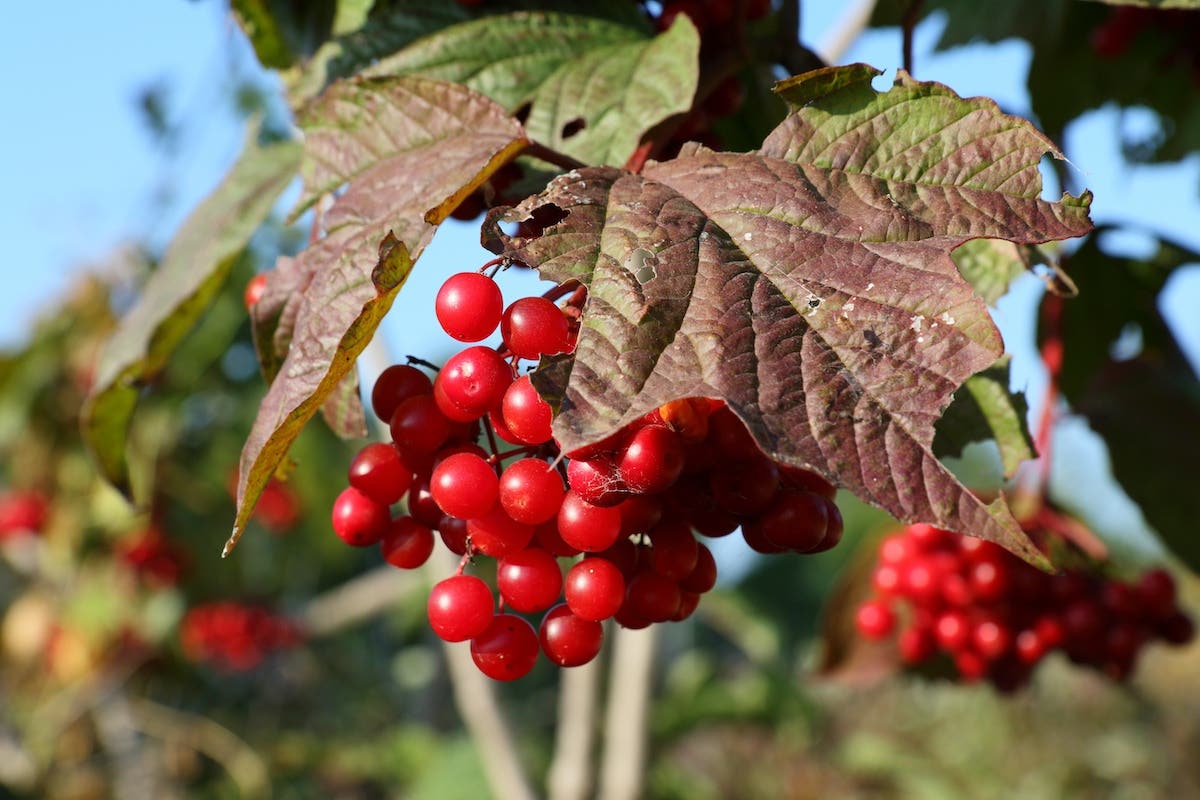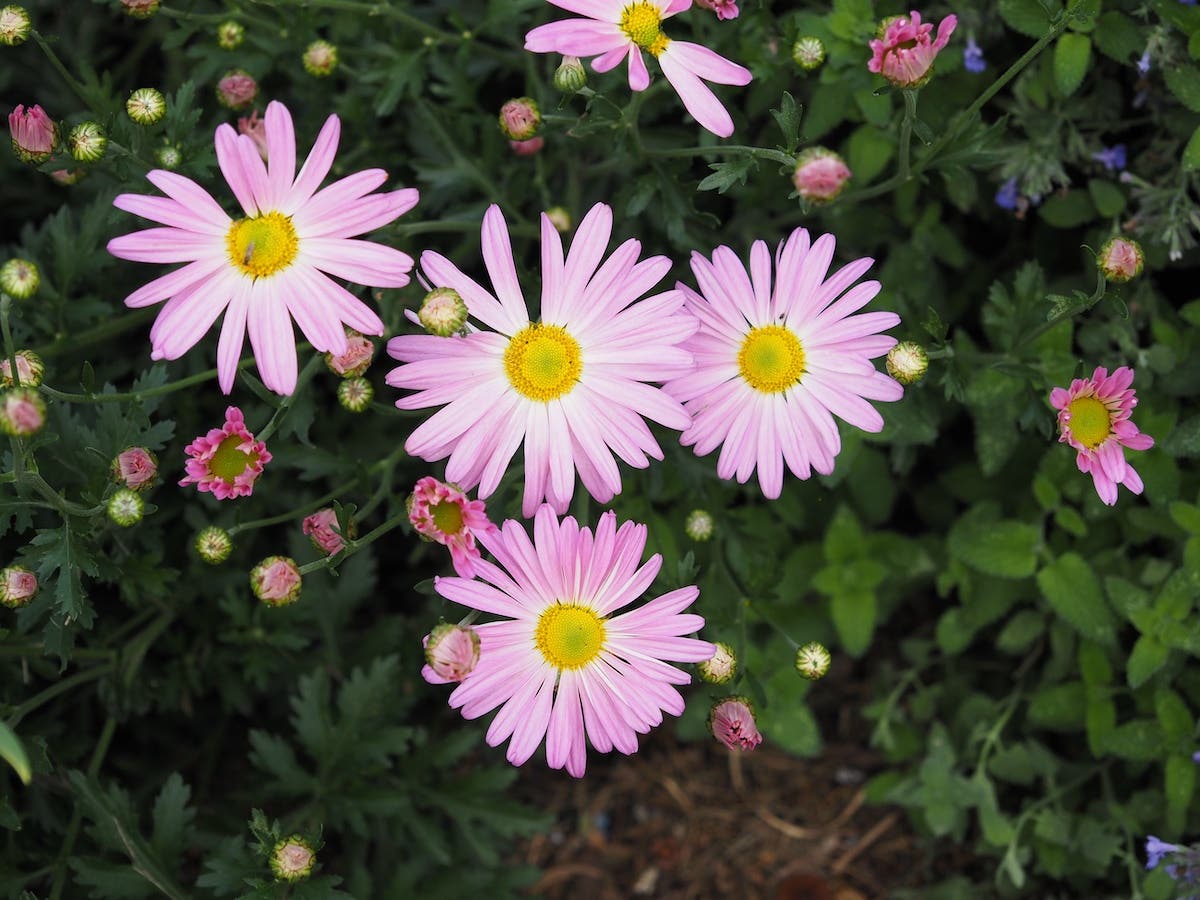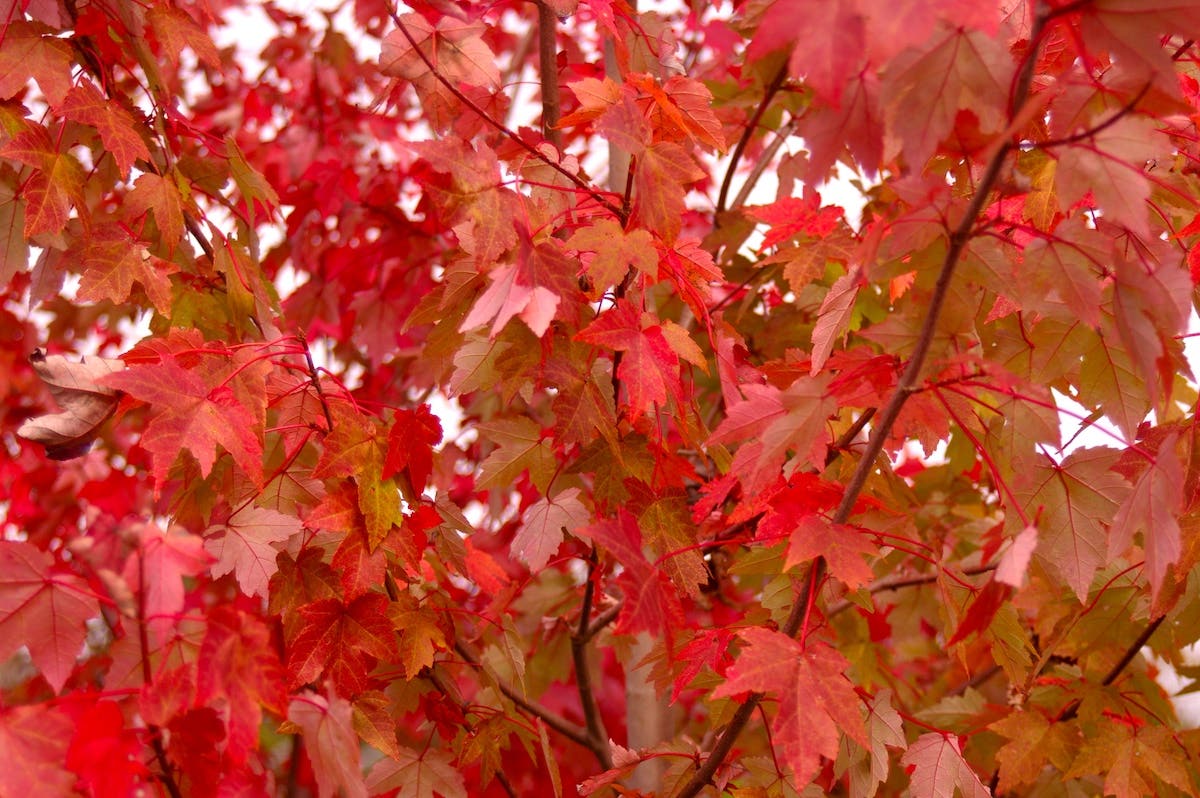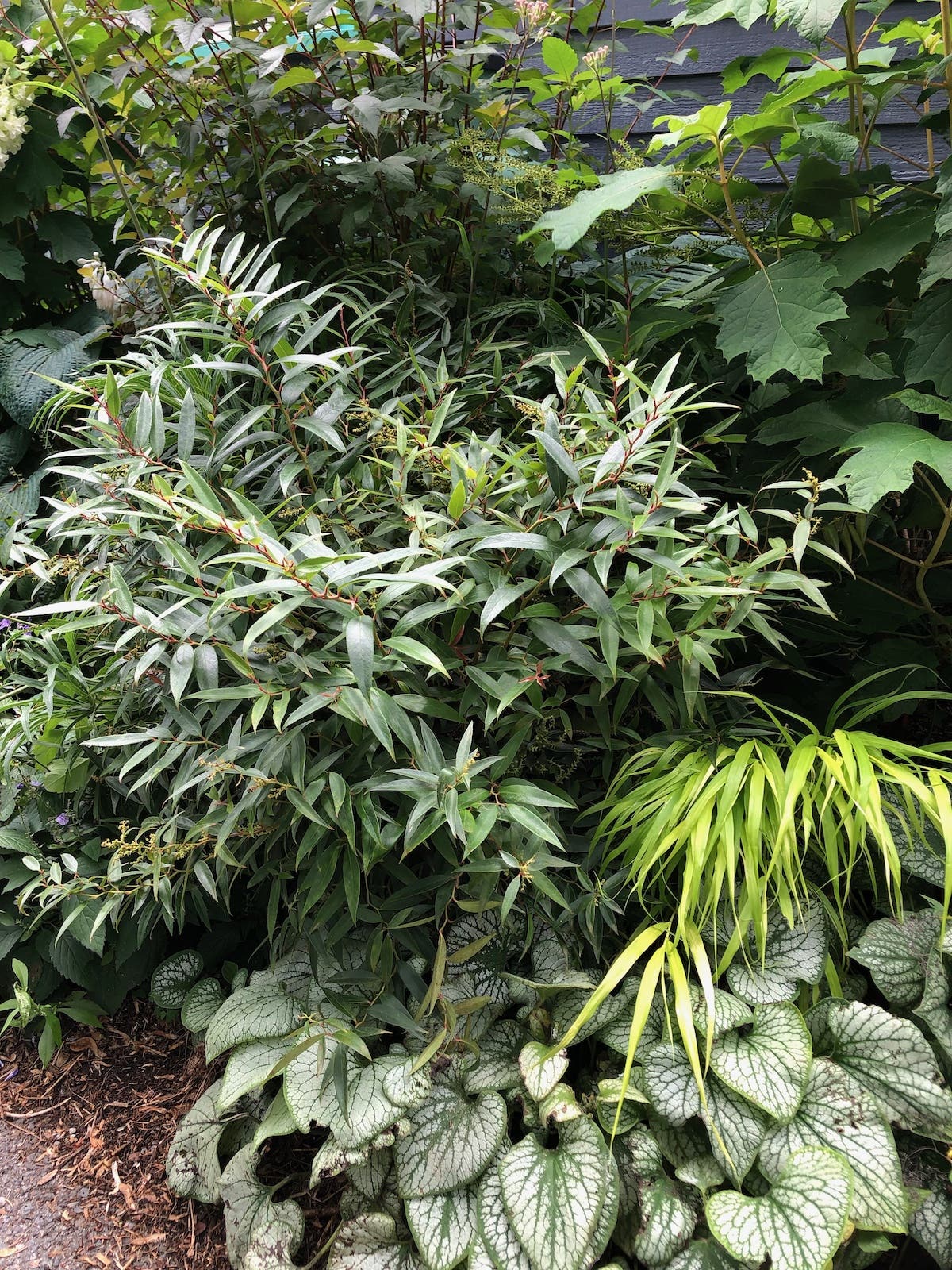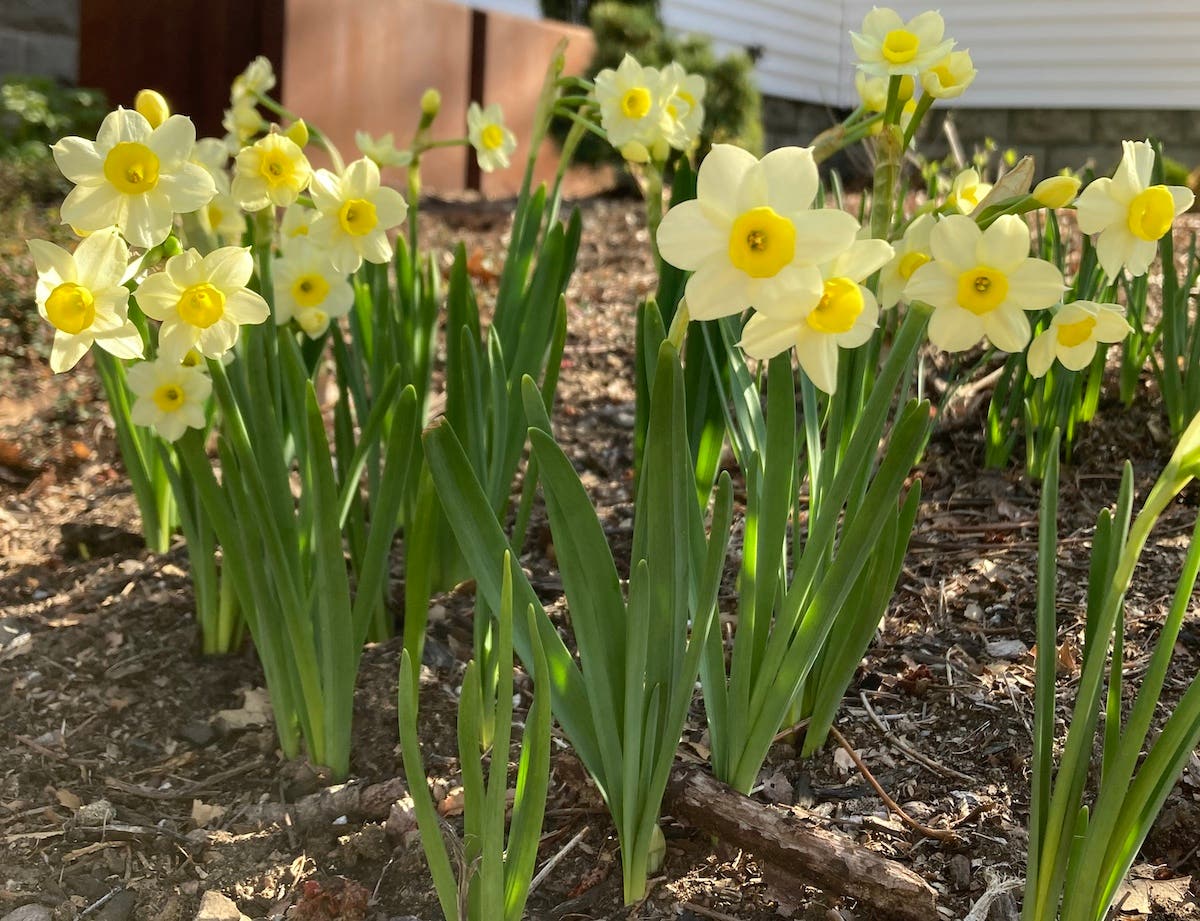Plant name: Bee balm, Oswego tea
Botanical name:Monarda didyma
Virtues: Attracts bees, butterflies and hummingbirds with its distinctive bright flowers. Has fragrant foliage. Fairly easy to grow. Long bloom time.
Flowers: Bright red or pink tubular flowers form in dense globular clusters atop 2- to 4-foot stems. Their color and shape attract hummingbirds as well as butterflies and bees. Blooms from mid- to late summer.
Foliage: Toothed green leaves are 3 to 5 inches long. Leaves are very fragrant. In New York State, Oswego Indians used them to make tea, hence the plant’s second common name, Oswego tea. Leaves can be susceptible to powdery mildew in humid areas or crowded gardens. ‘Jacob Cline’ is a mildew-resistant cultivar.
Habit: Upright clump-forming perennial. 2 to 4 feet tall; 2 to 3 feet wide.
Season: Summer.
Origin: United States and Canada.
Cultivation: Grow in rich, medium to wet soil. Full sun promotes best flowering. In hot climates, plant where it will get afternoon shade. Does not tolerate drought. Leave space between plants to allow air circulation, which will help prevent powdery mildew. Look for mildew-resistant cultivars like ‘Jacob Cline’. Divide every few years. Bee balm will spread by self-seeding and its rhizomatous roots. USDA Zones 4–9.


